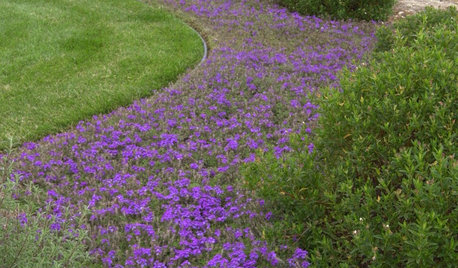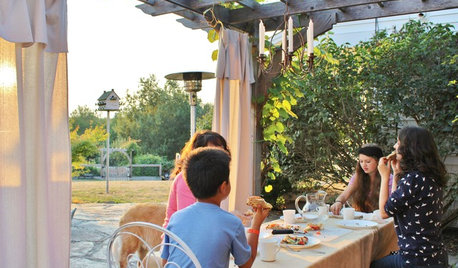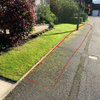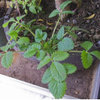Where to begin (weeding? grading? rototilling?)
irsarahbean
9 years ago
Related Stories

HOMES AROUND THE WORLDWorld of Design: 11 Book Lovers and Where They Like to Read
Bibliophiles across the globe reveal their top books and favorite reading spots, from a 2-story library to an artfully curated book nook
Full Story
LAWN ALTERNATIVESStop Fighting the Patchy Lawn!
Here are 3 situations where a garden may be a better idea than more turfgrass
Full Story
FURNITURE10 Secrets of Successful Secondhand Furniture Shopping
Design professionals offer tips on how, where and what to buy
Full Story
GARDENING GUIDESBathe Your Garden in a River of Color
Flowing curves made of ground covers, herbs and grasses to resemble a riverbed give landscapes movement and grace
Full Story
EARTH DAYThe Case for Losing the Traditional Lawn
Work less, help the environment and foster connections by just saying no to typical turf
Full Story
ORGANIZINGOrganizing Secrets: It’s the Little Things
Get these 8 small areas under control for a major boost in overall tidiness at home
Full Story
FRONT YARD IDEASBefore and After: Front Lawn to Prairie Garden
How they did it: Homeowners create a plan, stick to it and keep the neighbors (and wildlife) in mind
Full Story
LANDSCAPE DESIGNHow to Move Water Through Your Landscape
Swales, underground pipes or a mix of both: There’s more than one way to distribute water in the garden
Full Story
HOUZZ TOURSMy Houzz: A Modern-Day Homestead Brings a Family Together
Their 5-acre Washington property, with sports court, swings, pizza oven and gardens, is a labor of love and communal playspace
Full Story
GARDENING AND LANDSCAPING6 Ways to Rethink Your Patio Floor
Figure out the right material for your spring patio makeover with this mini guide to concrete, wood, brick and stone
Full StorySponsored
Your Custom Bath Designers & Remodelers in Columbus I 10X Best Houzz
More Discussions












Kimmsr
Tiffany, purpleinopp Z8b Opp, AL
Related Professionals
Windham Landscape Architects & Landscape Designers · Panama City Landscape Architects & Landscape Designers · Summit Landscape Architects & Landscape Designers · Willowick Landscape Architects & Landscape Designers · Edmond Landscape Contractors · Gainesville Landscape Contractors · Ashburn Landscape Contractors · Braintree Landscape Contractors · Elmhurst Landscape Contractors · Golden Gate Landscape Contractors · Hawthorne Landscape Contractors · Paramus Landscape Contractors · Plymouth Landscape Contractors · Porterville Landscape Contractors · Wilton Landscape Contractors